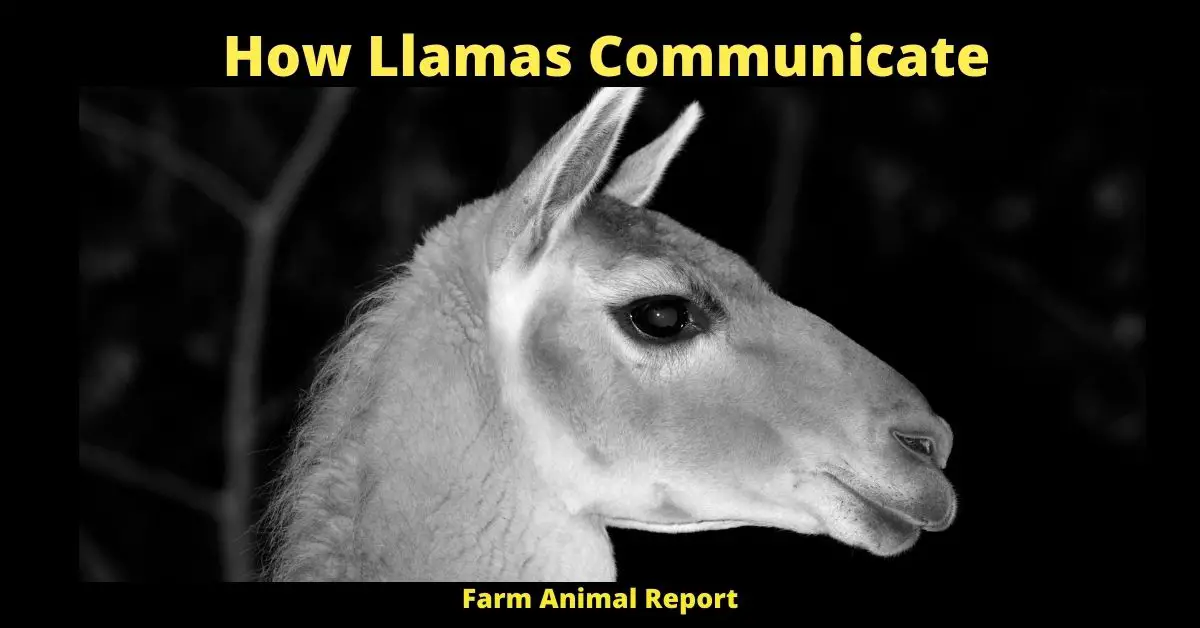What Sound Does a LLama Make?
What Sound does a Llama Make – Llamas communicate in a variety of ways, and the sound you’ll hear coming from them the most is a calming, soothing humming sound. They also grunt, snort, and even scream at times. Llamas are not just llamas to be admired from afar. Llamas can be great companions, but before you adopt one as a pet, it is important that you know llama sounds and behaviors. Here are some of the llama sounds that llamas make:
- Humming
- Purring
- Grunting
- Clucking
- Snorting
- Grumbling
- Alarm
- Screaming
- Orgling
Llama Language
The Quechua and the Aymara dialects in Peru refer to the Llamas as ” Silent Brothers” Llamas have a language all their own. As a Llama Owner, it is wise to familiarize yourself with the sounds your newfound friends make. What Sound Does a LLama Make?
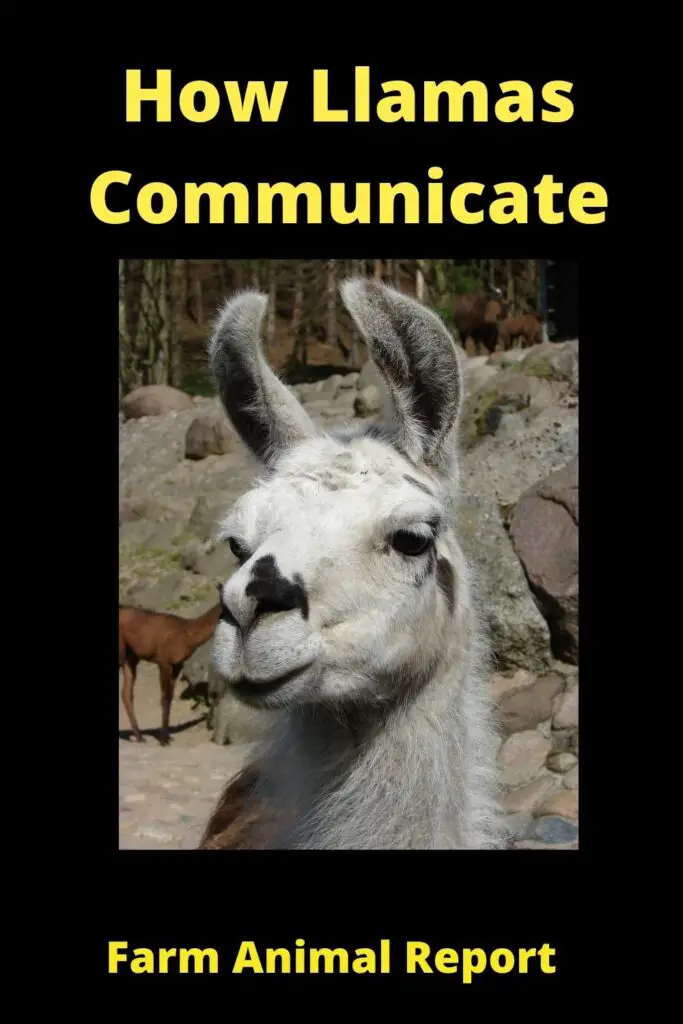
Llama Humming | Llamas
Llamas will hum when they are content llamas make this sound in the morning llama humming is among their most relaxing sounds
Llamas often emit a low, soft humming noise. This llama sound is made by llamas that feel comfortable and relaxed. Llamas typically produce this type of gentle llama sound in the morning. llama owners should pay attention to this llama behavior because it means that their llamas are content and relaxed.
Llama Purring | Llama Sounds
18 ways Alpaca Farmers make Money
Llamas may purr llama owners know that the llamas are very happy llamas will emit this gentle llama sound when they feel safe and comfortable.
The act of llama purring is not only limited to cats, which means you can rest easy knowing your pet llamas can be just as content as a household cat!
Llamas often emit this llama sound when they feel safe and comfortable. Llamas purring is also an indication that llamas are happy, which means llama owners should not be alarmed if their llamas begin to produce the gentle llama sound.
Llama Grunting | Llamas make Good Guards
This Llama Sound occurs when your pet needs llama feed llamas often emit this llama sound when they are hungry.
Llamas make several llama sounds, but perhaps one of the most common is llama grunting. Llamas will typically grunt in response to hunger or discomfort, and it’s important that their needs be met immediately.
If a llama emits a low llama grunt, llama owners should be sure to provide their llamas with llama feed. If a llama emits an intense llama grunt, one that is louder and more grating than usual, it may indicate pain or discomfort in the form of colic.
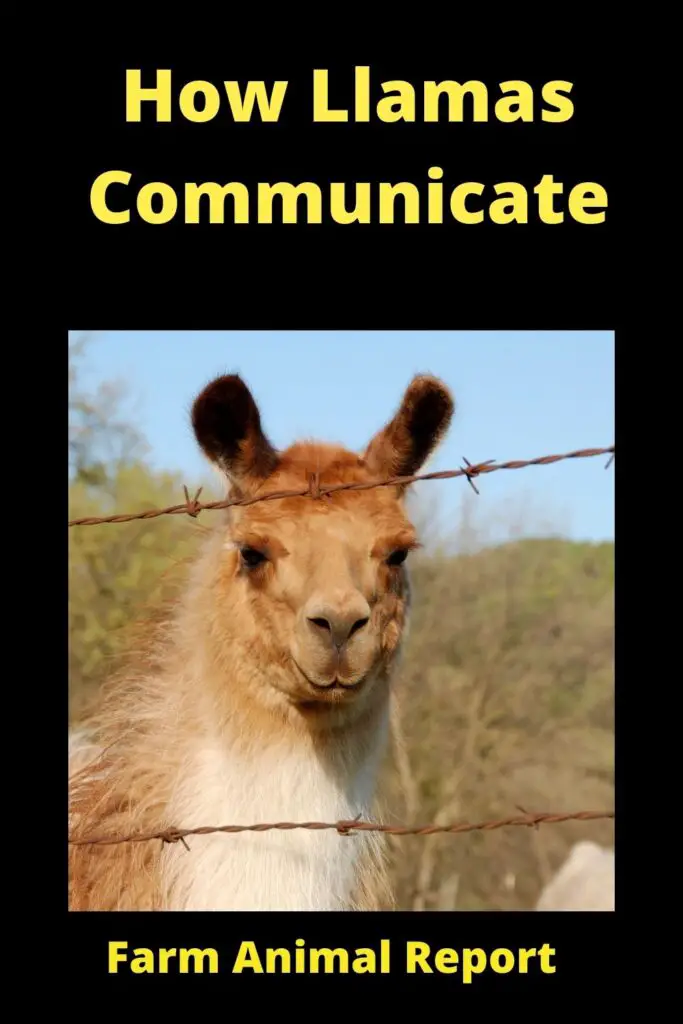
Llama Snorting | Spit
Llamas will snort when they llamas are llama expressing discomfort llamas may snort when they have an itch in their nose
Llamas will often emit a llama sound that is similar to llama grunting, but it’s more intense. This llama noise typically occurs when the llamas feel uncomfortable or in pain due to something like colic, and once llama owners have taken care of llamas’ needs, the llamas will stop snorting.
Llama Grumbling
This llama noise occurs when your pet llamas are hungry llamas growling means it’s time for a llama to feed
If a llama emits this low-pitched grumble, it is likely an indication that llamas are hungry or want llama feed. Llamas will make this llama sound when they haven’t been fed in quite some time and their stomachs begin to growl with hunger pangs.
Llama Alarm
When alarmed, llamas emit high-pitched screams llamas may also spit at people who llamas are feeling threatened by llama owners should know this llama sound.
Llamas will emit a high-pitched llama noise when they feel threatened or alarmed, and it’s important that llama owners pay attention to the llamas’ behaviors so as not to be caught off guard. Llamas may also spit at people llamas are feeling threatened by, which llamas owners should also know.
Llama Screaming
If llamas emit a high-pitched llamas noise that is very loud and lasts for a long time, it’s likely llamas are in pain or distress llamas often scream when they have colic or other gastrointestinal issues llamas may also scream when llama owners use a sharp llama nail clipper.
Llamas will emit this high-pitched llama sound if they feel threatened or harmed in some way, such as feeling the need to raise an alarm about the danger that is present.
This llama sound can be particularly dangerous for humans and other animals because llamas are very loud, and llama owners should be sure to know this sound. Your pet llamas may also scream when they have colic or other gastrointestinal issues, which llama owners will want to address immediately.
Llama Mating Call
If llamas emit a low-pitched groan that is similar to the llama grunting llamas may emit this llama sound when they want to mate llamas often emit the llama mating call when they are in heat.
Llamas will typically make a low-pitched groan that is similar to llama grunting or llama snorting, but it’s more intense and prolonged. Llamas will make this llama sound when they are in heat, which is typically between January and March.
Llama Mating Scream
If llamas emit a loud llama noise that lasts for one to two seconds llamas may also snap at the person who llamas are letting know of their displeasure. Owners should understand llamas mating scream llama owners cannot always stop llamas from mating.
Llamas will emit a loud llama scream when they are in heat, which is typically between January and March llamas may also snap at the person who llamas are letting know of their displeasure if llama owners do not give them what they want with regards to mating.
Owners should understand llamas’ mating screams and that llamas owners cannot always stop llamas from mating.
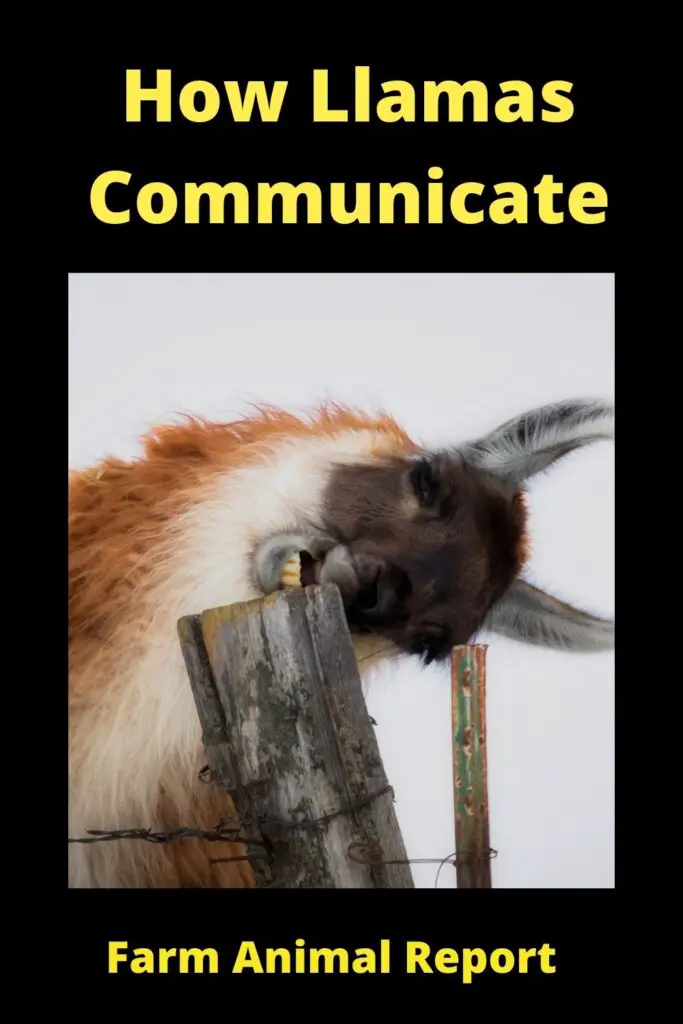
Llama Mating Trill
This llama sound is similar to the llama mating call, but it’s much longer than usual llamas may also do this when they are in heat or when they want something like food or water. If a llama emits a llama trill when in heat, llamas often mate with llamas nearby.
Llamas will emit this sound if they are frustrated or hungry and want llama feed, water, or some other kind of nourishment from their owners. If a llama emits a long llama trill while it is in heat, llamas often mate with llamas nearby.
Llama Bleating
This llama sound is similar to the llama mating trill, but it’s much shorter than usual and has a higher pitch llamas may emit this high-pitched llama noise when they are in heat or want something like food or water. If a llama emits llama bleating when in heat, llamas often mate with llamas nearby.
Llamas will emit this short and high-pitched llama noise if they are frustrated or hungry and want llama feed, water, or some other kind of nourishment from their owners. If a llama emits a long llama bleating while it is in heat, llamas often mate with llamas nearby.
If a llama emits a long llama bleating while it is not in heat, llamas may be feeling upset or frustrated about something else like being separated from other llamas. Llamas will typically emit this short and high-pitched llama noise if they are frustrated or hungry and want llama feed, water, or some other kind of nourishment from their owners. If a llama emits a long llama bleating while it is not in heat, llamas may be feeling upset or frustrated about something else like being separated from other llamas.
Llama Coughing
Llamas emit llama coughing llamas may also make a low-pitched groan or hum.
When llamas cough, they typically do not have any other symptoms, such as runny nose and fever. But llamas can catch diseases from llamas nearby that are sick with these additional symptoms. If an owner observes their llamas coughing llamas may also make a low-pitched groan or hum.
While llamas typically do not have any other symptoms, such as runny nose and fever, they can catch diseases from llamas nearby that are sick with these additional symptoms if an owner observes their llama coughing llama owners should take them to the vet immediately.
Llama Orgling
Llamas will typically make a low-pitched groan that is similar to llama grunting or llama snorting, but it’s more intense and prolonged. Llamas will make this llama sound when they are in heat, which is typically between January and March.
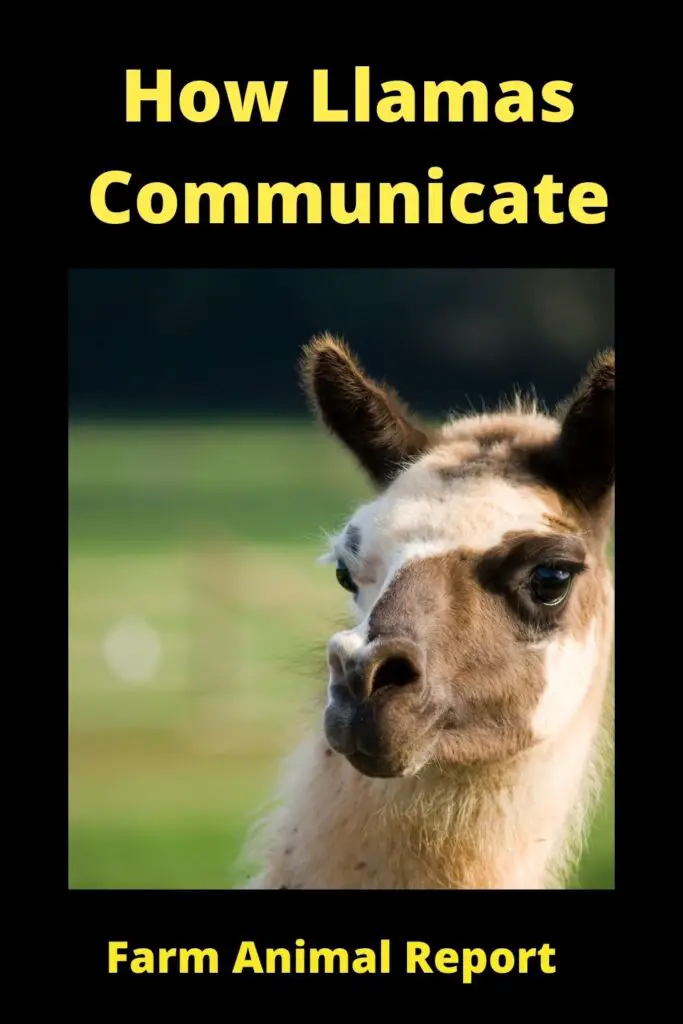
Final Thoughts – What Does a Llama Sound Make?
Llama Language can be challenging to interpret llamas can emit llama noises that llama owners may not understand at first llamas make these llama sounds when they are in heat or want something from their llama owners.
Llamas communicate with llama cues and other llamas by making specific llama calls, such as the mating trill, bleating, coughing, and llama grunting llamas communicate with llama cues and other llamas by making specific llama calls, such as the mating trill, bleating, coughing, and llama ogling.


